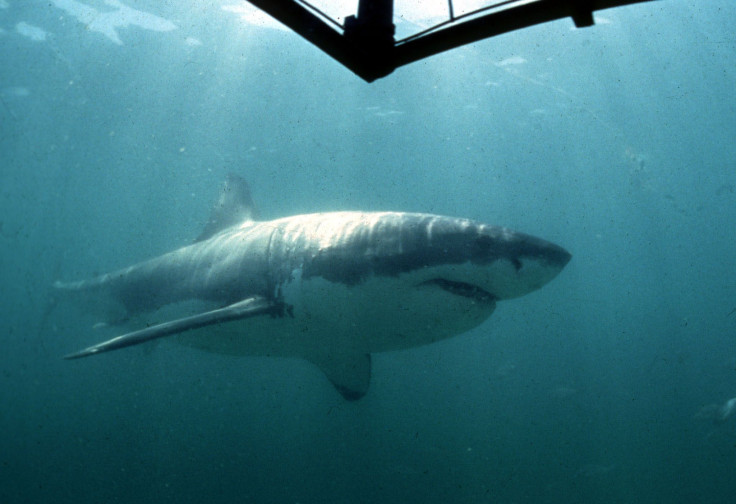More Shark Sightings? Conservation And Research Show Great White Shark Populations Rebounding
It’s been a good week or two to be a shark fan, with reports of growing populations and successful research. A greater understanding of the importance of the aquatic apex predators has led to increased focus from scientists and conservationists, although much of the public remains wary due to their frightening portrayal in media.
Evidence of recovering great white shark populations along the California coast comes from a joint study between several universities.
The knowledge that dorsal fins bear unique markings allowed researchers to get a more accurate headcount, estimating that an area around Monterey Bay housed almost 300 adults or sub-adults.
While the study notes that more data is needed to be truly confident in the population’s growth, lead author Paul Kanive, a marine ecologist for the Montana State University, told Mercury News the data suggested the coastal ecosystem’s health overall was on the rise.
“A healthy population of white sharks means there are healthy populations of the sea lions and elephant seals they eat,” he said. “And that means that the lower levels on the food chain, like fish, are healthy enough to support the marine mammals.”
Some of that can be attributed to efforts to conserve both great whites and the species they rely on for food. The Marine Mammal Protection Act passed in 1972, conserving many of the marine mammals great whites prey on. The sharks themselves have been protected since the 1990s, when California banned the use of gillnets and the killing of great whites near the shore.
Increasing numbers and the recent presence of a whale carcass in Orange County have prompted some public concern, but experts say the odds of a shark attack remain astronomically low.
Whale carcasses like the one currently resting on the Bolsa Chica beach are an important source of food for sharks. Cal State Long Beach Shark Lab director Chris Lowe told the Orange County Register that while his team hadn’t seen any of their tagged sharks moving toward the area, it might be wise to avoid swimming there for now.
“There’s always a concern when you have a dead marine mammal. That, for a white shark, is a good meal,” he said. “They literally go in a food coma, sinking upside down. They do really tank up.”
Lowe said that the oils leaking from the carcass might attract the animals, but the risk should subside after the body is moved to a landfill.
“I wouldn’t recommend surfing or swimming in that immediate area,” he said. “But once they remove it from the beach, it should be fine.”

Meanwhile, biologists have published the results of a successful effort to artificially inseminate whitespotted bamboo sharks. Breeding sharks in person can require transport that is stressful for the animals and resource-intensive for aquariums, and researchers hope their success with the small bamboo sharks will one day lead to better conservation programs.
Lead author Jennifer Wyffels told CNN she was especially excited about promising results from refrigerated semen mailed overnight, which could greatly increase the ease of maintaining biological diversity in captive shark populations.
"The success rate was similar for both [on-site and mailed techniques] which is important because it highlights the feasibility and efficacy of transporting gametes rather than animals," she said. "This opens the door for international exchange of genes as well as collection of semen from wild sharks for insemination of aquarium females or even isolated populations of wild females," she said.
She also noted the researchers had observed three pups generated by parthenogenesis, a method of asexual reproduction that scientists are still working to understand fully.





















